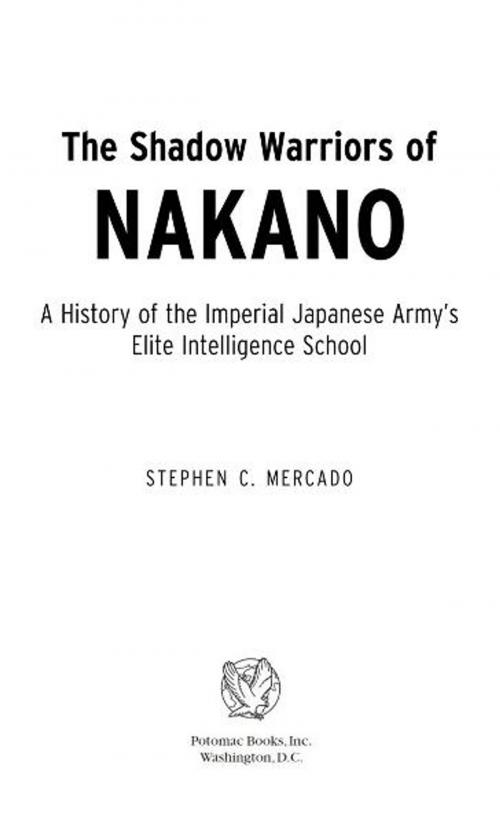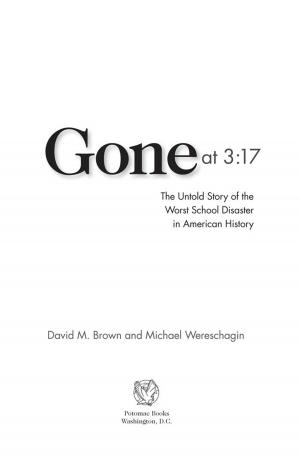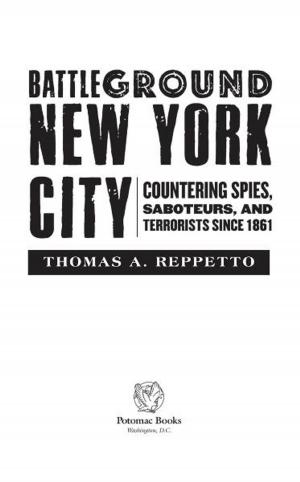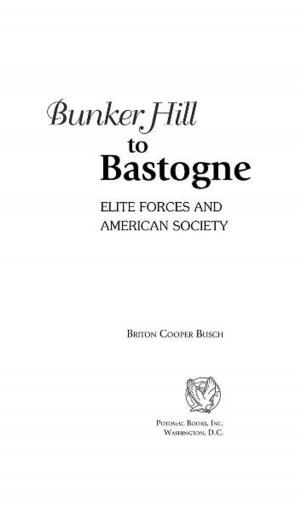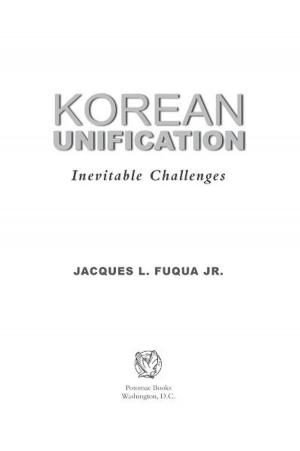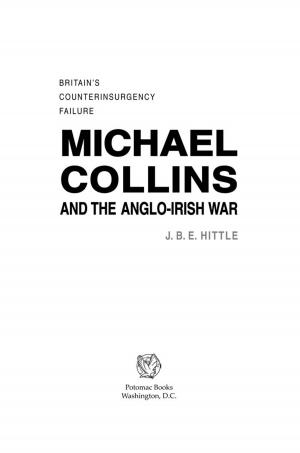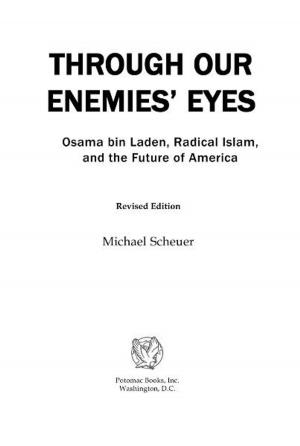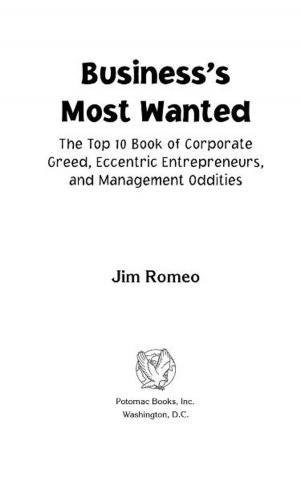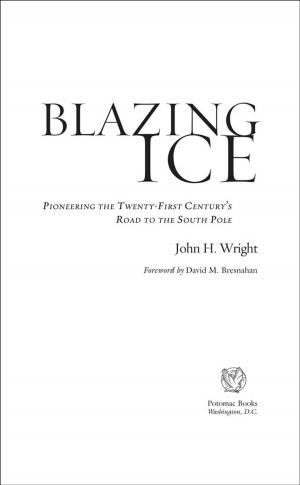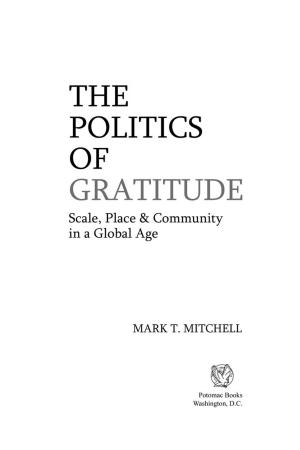| Author: | Stephen C. Mercado | ISBN: | 9781612342177 |
| Publisher: | Potomac Books Inc. | Publication: | March 17, 2003 |
| Imprint: | Potomac Books Inc. | Language: | English |
| Author: | Stephen C. Mercado |
| ISBN: | 9781612342177 |
| Publisher: | Potomac Books Inc. |
| Publication: | March 17, 2003 |
| Imprint: | Potomac Books Inc. |
| Language: | English |
In the history of the twentieth century, the role of the military intelligence services in the competition among nations is still murky. Among the world's foremost intelligence services, those of Imperial Japan remain the least known. Few stories are as compelling as those surrounding the Japanese Army's Nakano School. From 1938 to 1945, the Nakano School trained more than 2,000 men in intelligence gathering, propaganda, and irregular warfare. Working in the shadows, these dedicated warriors executed a range of missions, from gathering intelligence in Latin America to leading commando raids against American lines in Papua New Guinea, in the Philippines, and on Okinawa. They played major roles in operations to subvert British rule in India, and they organized Japanese civilians into guerrilla units that would have made the invasion of Japan a bloodbath. One graduate used his Nakano commando training to elude U.S. and Philippine military patrols until emerging from the jungle nearly thirty years after the war's end. In the decades after World War II, graduates of the school worked to obtain from the United States and Russia the release of imprisoned war criminals and the recovery of lost territory, including Okinawa. Based on archival research and the memoirs of Japanese veterans, The Shadow Warriors of Nakano shines a much-needed light into the shadows of World War II and postwar Japanese affairs.
In the history of the twentieth century, the role of the military intelligence services in the competition among nations is still murky. Among the world's foremost intelligence services, those of Imperial Japan remain the least known. Few stories are as compelling as those surrounding the Japanese Army's Nakano School. From 1938 to 1945, the Nakano School trained more than 2,000 men in intelligence gathering, propaganda, and irregular warfare. Working in the shadows, these dedicated warriors executed a range of missions, from gathering intelligence in Latin America to leading commando raids against American lines in Papua New Guinea, in the Philippines, and on Okinawa. They played major roles in operations to subvert British rule in India, and they organized Japanese civilians into guerrilla units that would have made the invasion of Japan a bloodbath. One graduate used his Nakano commando training to elude U.S. and Philippine military patrols until emerging from the jungle nearly thirty years after the war's end. In the decades after World War II, graduates of the school worked to obtain from the United States and Russia the release of imprisoned war criminals and the recovery of lost territory, including Okinawa. Based on archival research and the memoirs of Japanese veterans, The Shadow Warriors of Nakano shines a much-needed light into the shadows of World War II and postwar Japanese affairs.
